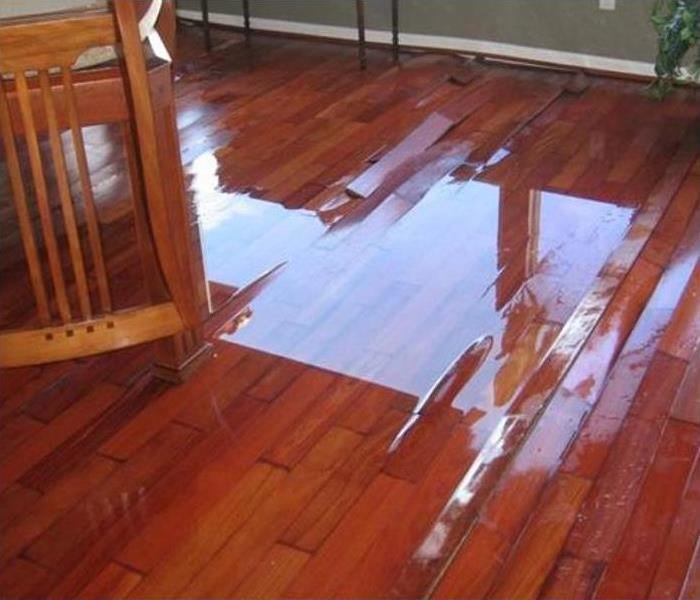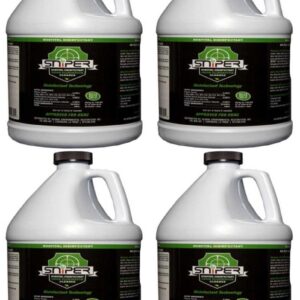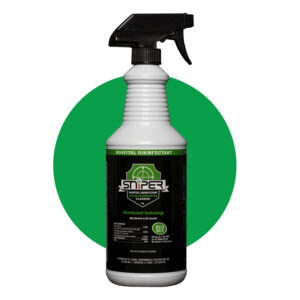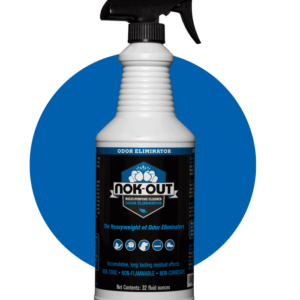Not All Water Damage is from Bad Weather
You leave for work one day, and then when you come home, you open the door and see that there is water everywhere – your home is flooded. The water supply line to your washer burst during the day and now there is 2 or 3 inches of water on the floor throughout your house. You need to act quickly to avoid costly water damage. It’s not Hurricane Harvey or Irma, but it is a real mess nonetheless. Here is what to do.
First – turn off the water. You should be able to turn the valve just before that burst water supply to shut off the water. But if it is not accessible, then you will have to find the valve for the whole house.
Next – take photos of everything as documentation for the insurance company. And that is your third step – call your insurance agent and find out if they will send an adjuster and what they require you to do.
Get Rid of That Water!
Water is the stuff of life, but when it gets out of control it can create it’s own problems, even in a small-flood issue like this. Your most important task to minimize water damage is to get everything dry within the next 48 hours to prevent the growth of mold, mildew and fungus.
If it is a large amount of water you have to deal with, the easiest solution is to call a carpet cleaner and request immediate water extraction services. Their truck mounted machines have tremendous vacuum power and large storage tanks. They can vac up that water quickly, and they may have powerful ‘air movers’ that can speed drying.
If it is not so much water, you may be able to use a shop ‘wet vacuum‘ to vacuum up that water. Peel back the carpet (unhook it from the ‘tack strips’) and pull the carpet back until you see dry floor underneath. The pad underneath is cheap – don’t hesitate to bundle it up and just throw it outside, where you can later decide whether to replace it or dry it for re-use.
Be aware that the reservoir is small in a wet-vac, and you will have to stop and empty the tank frequently. Remember that water is heavy!
NOTICE: It is crucial to get standing water out from under your carpet as quickly as possible. If the restoration company tells you they can extract water through your carpet and pad using ‘deep extraction tools’ – fire them and get a new company! There is a time and place for such tools – but a flooding event is not one of them.
Keep the Air Moving
Once you have vacuumed up as much as you can, point fans at wet areas, turn the fan in your HVAC to the ‘On’ position, borrow more fans, do everything possible to keep air moving and keep that water evaporating.
If the drywall is waterstained higher than the baseboards, you may need to remove those baseboards to check for trapped water. Hope and pray that there is no water trapped in the walls behind the baseboards!
It is absolutely crucial that you get your home dry within 48 hours or mold WILL start growing. Mold only needs one thing to start growing – water. In dry conditions, spores which are floating around us everywhere may land on the carpet. But since it is dry, nothing happens, mold does not begin to grow. Add a bit of wetness, however, and natures little recyclers come to life and start growing resulting in water damage.
Remember that bleach DOES NOT KILL MOLD. It will weaken the mold and it may make it change color, but bleach does not kill mold.
SNiPER kills mold and if you spray the air using atomizing sprayer, you can kill the spores in the air too. SNiPER is so safe because it is not a poison. You don’t need to wear protective gear to apply it, it doesn’t leave toxic residues, and it is non-corrosive, so you can spray it down – and walk away. Nothing could be easier.
We have several documents to help guide you in dealing with mold.
- https://nokout.com/Cleaning-Mold-and-Mildew.html
- https://nokout.com/Get-Rid-of-Musty-smells.html
- https://nokout.com/Basement-Mold-and-Mildew-Removal.html
- https://nokout.com/Get-Rid-of-Black-Mold.html
- https://nokout.com/Mold-and-Mildew-Problem.html
- https://nokout.com/Keep-black-mold-out-of-your-shower-stall.html
- http://blog.nokout.com/to-fog-or-not-to-fog/





